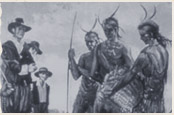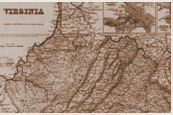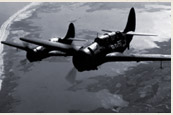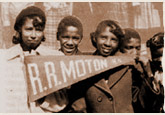Immigrants' Impact on Culture
Library of Congress, American Folklife Center: "Working in Paterson - Occupational Heritage in an Urban Setting"
Description: This project website ("Paterson, New Jersey's Hot Texas Weiner Tradition") examines ways in which immigrant culture and American culture can intersect, by documenting the specific cultural interchange that melded spicy Greek cooking with the American hotdog, in the working class neighborhoods of Paterson, New Jersey. (Secondary source material with links to archival photographs).
Teaching Tips:
"Do Now" Suggestion
- On the website, there is a link to an audio recording of an interview with Nick Doris. He talks about the unique "Hot Texas Wiener." The teacher can play this clip for the students and ask: a) What does a "Hot Texas Wiener" have to do with our study of immigration? b) Is there a local equivalent to a "Hot Texas Wiener?"
- Students can read the story about the "Hot Texas Wiener" online. At the end of the section "Significance of the Hot Texas Wiener Tradition," is the following statement: "The Hot Texas Wiener tradition shows one of the ways in which, faced with the demands of making a new way of life, people creatively adapt and transform the cultural traditions with which they were raised. In Paterson, a Greek food was made into the centerpiece and most important ingredient of a local culinary and occupational world, perhaps losing its specific ethnic associations - at least, in the setting of Hot Texas Wiener grills - but gaining over time a broader, more intense regional identification. Patersonians have made a new tradition using the raw materials of an old one." The teacher can ask students to focus on this statement and identify any local tradition that follows the same adaptation and transformation. The class can try to come up with a list of several traditions (the students can also offer ideas from other American places familiar to them). This exercise can lead into a discussion on the difference between assimilation and acculturation.



